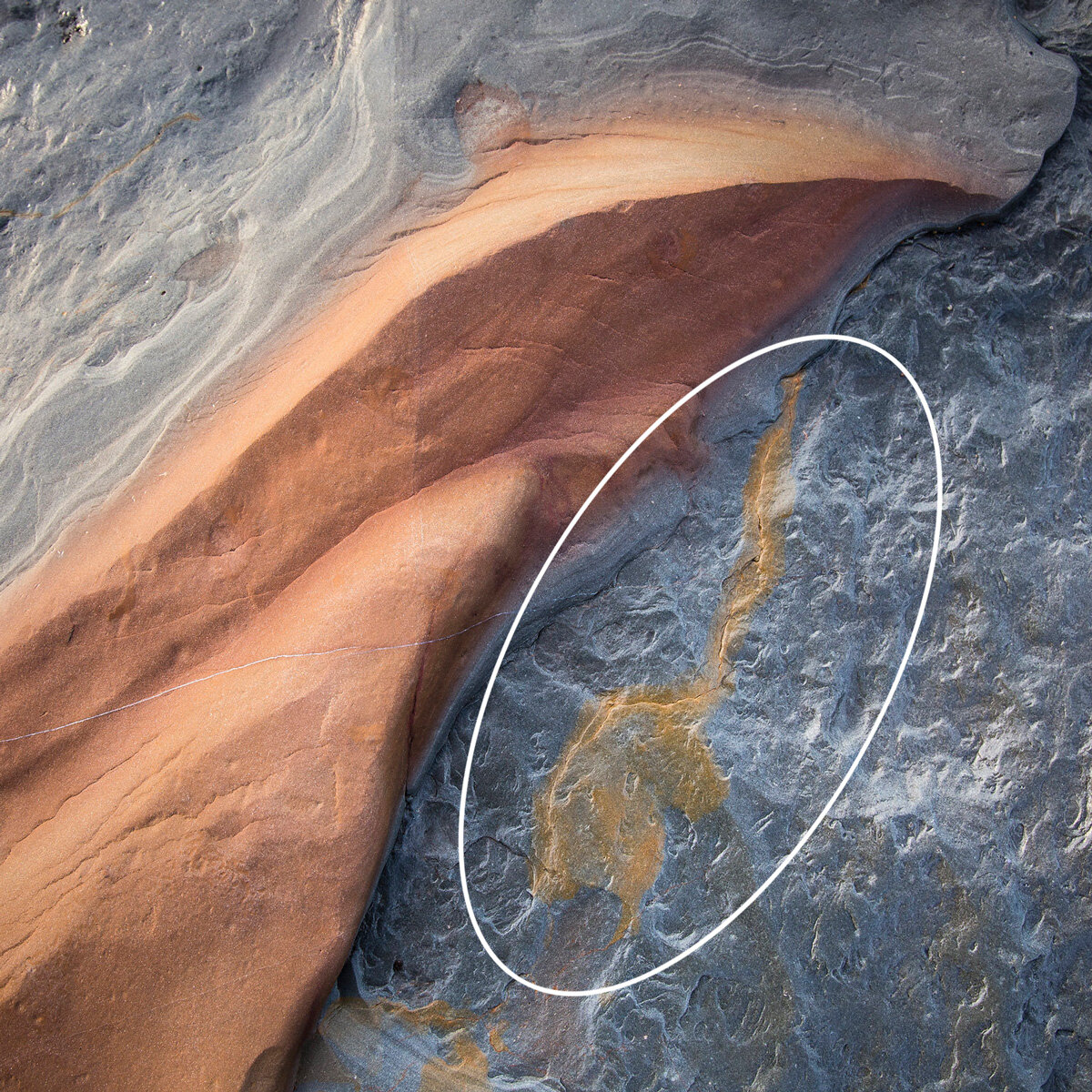Ask any outdoor/landscape photographer for their favourite season and a large percentage would say Autumn. The rich colours and changing scenes offered in woodland are particularly popular. Although the ‘photography police’ might point the cliche finger at some of their peers I do think it’s interesting to consider WHY photographers and indeed the general public seem to find it such a visually engaging time of the year.
Why Do We Love Autumn?
Autumn itself is known to be a temporal landmark, this is a psychological concept that refers to well established markers and events in our lives. In general terms our brains interpret these markers as a meaningful signal to engage with. The strength of these signals are magnified when they appear regularly, such as the annual changing of the seasons. As such our minds and bodies attribute even more meaning to it.
Colour Psychology
There has been increasing amounts of research into the psychology of colours and how we interpret them. It’s widely accepted that certain colours do promote a variety of reactions from individuals.
The colours we associate with Autumn here in the UK combine to make quite the tantalising feast for our eyes. Orange is believed to enhance feelings of joy and fun, essentially it’s a very 'positive’ colour. Yellow is the most visible colour in the spectrum and research has shown it even generates optimism in people. Finally in Autumn comes Red which during this period and in nature offers feelings of cosiness and motivation. I suspect most photographers are also happy to see the end of endless weeks and months of green in the landscape!
Photography in Autumn
I personally try to get out as much as possible in Autumn, not only for woodland images but also to my local beaches and countryside. The low light at this time of year is very attractive on a variety of subjects. It’s often an interruption to my more long-form project based photography exploits but I do try to engage in the seasonal change to keep my ‘eye’ in so to speak! Autumnal Woodland images are popular with photographers (and viewers) and so it’s a busy time for workshops, making images, and indeed just enjoying being outside during this period.
One thing some photographers can struggle with is finding order in the chaos of woodland locations. It’s a topic I get into with people on workshops and during 1-2-1 sessions. There’s no single piece of advice here that will suddenly clarify your vision but I’d say the following quick tips might be useful:
Try working with longer focal lengths such as 70-200mm lenses
Direct your gaze above ground level, i.e seek out the mid-level foliage
Look for graphical shapes (such as diagonal lines and curves) in branches and trunks
Consider the colour contrasts between yellows, greens and oranges and how much percentage of the frame you dedicate to each
Think carefully about which colours you put next to each other - seek separation and contrast
Keep your eye on the weather and embrace cloudy days which offer a consistent source of flat light
The general challenge with creating effective woodland imagery is to unpack what you’re experiencing as the photographer into an appealing and graphically strong collection of elements in the final frame. Effective use of colours and the relationships between them will help the viewer engage more readily with the image.
EMBRACE THE CHAOS?
Woodland locations can be quite visually chaotic, but there’s always some basic structure thanks to the verticality of tree trunks. When we position and space these carefully within the frame, it gives the foundation upon which you can let the colours unfold. During the early-mid part of Autumn you will commonly still find quite a lot of green in the foliage (depending on the tree variety of course!) and this can actually be very useful to ‘buffer’ or ‘support’ the yellows, oranges or reds. It’s the contrasting nature of the colours that is sometimes most appealing.
There are times when simplicity is more effective perhaps. Broad swathes of subtle colour variation (such as the below image) can be attractive and really assert what time of year we’re looking at.
Don’t Forget Black & White!
Despite all of the above talk about colour and how we react to it, I would also say that sometimes (especially when moisture lingers) that black & white can be an excellent option in the Autumnal period. The luminosity of shimmering leaves with some stunning light can be a recipe for compelling monochrome work.
Often when I’m out with people in Woodland I will get them to engage the B&W live view mode on their camera, even when composing a colour image. Changing to B&W temporarily allows you to better see the tonal variation and density throughout the frame. I promise you’ll learn something about the tonal values and the relationship between elements when you cross-check any composition in B&W.










